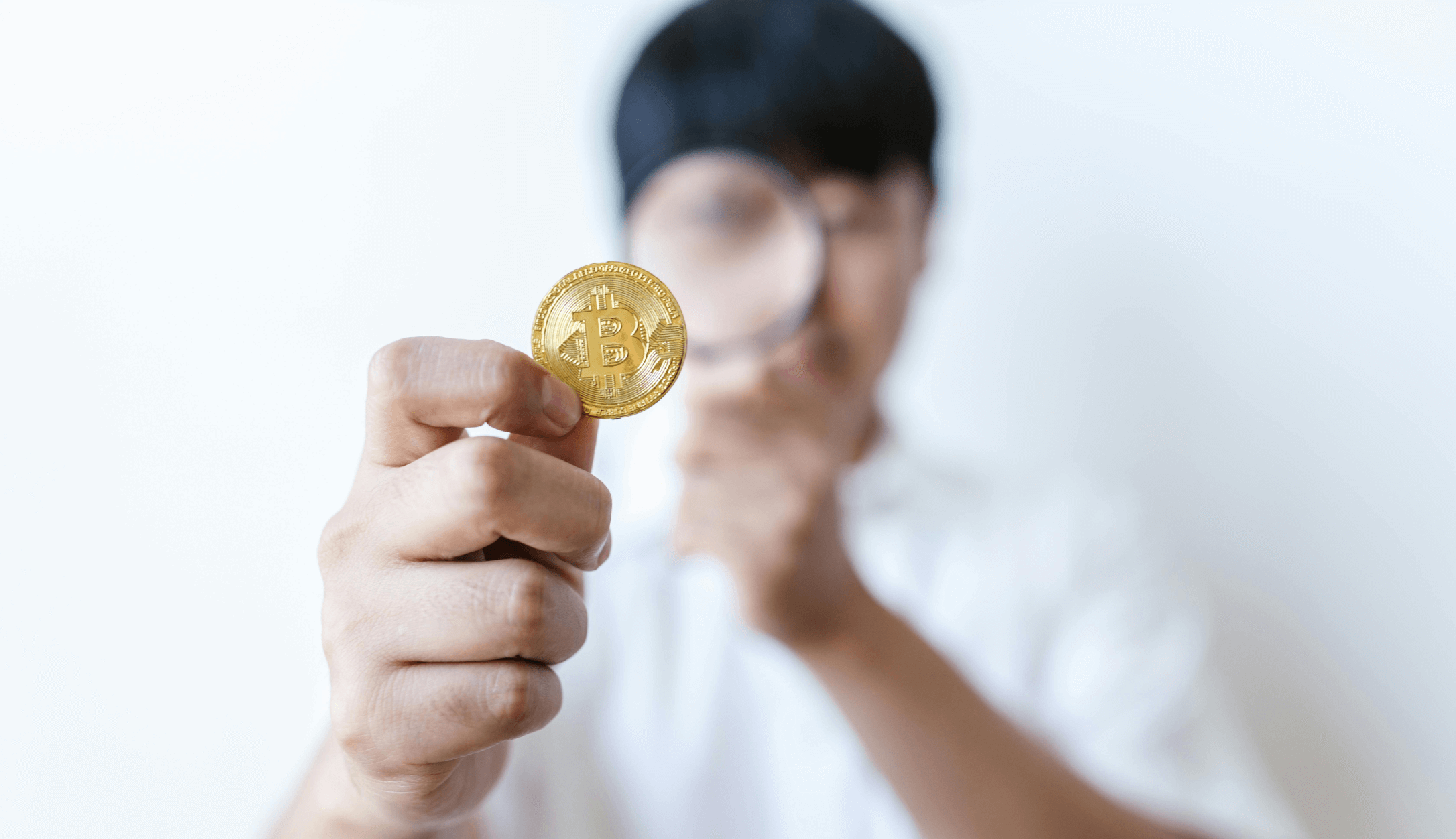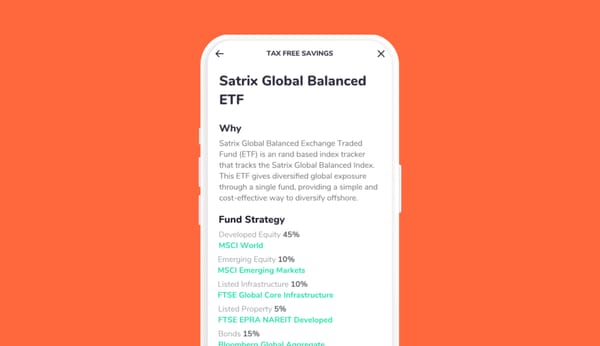Although attempts to create digital currency go back as far as the early 1980s, Bitcoin is regarded as the original digital currency of the current generation.
Since Bitcoin’s debut in 2009, the idea of using blockchain or similar cryptographic software to create cryptocurrencies and other types of assets has exploded.
But how do we understand the phenomenon, and how do we understand developments between then and now?
What are digital assets?
To answer the title question succinctly, assets can be defined as anything limited in quantity that has value. Unlike other asset classes, however, digital assets can be traded and stored in digital form via blockchain or similar means.
Types of digital assets
Cryptocurrencies
Let’s look at cryptocurrencies first. Unlike currencies such as the dollar or euro, Bitcoin and other cryptocurrencies are rarely used for daily transactions and instead mostly treated as a speculative asset class similar to gold.
Initial coin offerings (ICOs)
Initial Coin Offerings (ICOs) are denominated in cryptocurrencies such as Bitcoin, Ether or Solana, but function more like shares or securities for a company trying to raise funds. Indeed territories such as Hong Kong have decided that ICOs can be a form of security and therefore subject to normal regulation as such. Other territories have been regulating them differently alongside cryptocurrencies themselves.
As with many of the non-cryptocurrency assets, many ICOs are built on the Ethereum network because it’s well-established and can host feature-rich smart contracts. Smart contracts are pieces of software that run on a blockchain when certain parameters are met which have been predefined by the contract parties. This makes them popular for all kinds of peer-to-peer forms of information exchange in the case of assets and many other items represented by a token.
Fan tokens
Consider another example growing in popularity from the world of sports fandom. While similar to mainstream cryptocurrencies in many respects, fan tokens ultimately represent a sort of membership option in digital asset form. In other words, the use value to which each fan token’s exchange value is tied are membership-type activities like competitions for things such as match tickets and team merch, or taking part in polls on certain team decisions.
Non-fungible tokens (NFTs)
Although they are still, again, not that commonly used compared to traditional currencies, what makes cryptocurrencies considered similar is that they can at least theoretically be treated as a unit of exchange. That is, they are fungible.
Enter non-fungible tokens, or NFTs. What makes them non-fungible is that they remain attached to an asset such as a piece of art or a video. NFTs are often purchased using crypto but may often just as easily be purchased using dollars. They are, again, limited in supply and therefore assigned value.
So many possibilities
Blockchains aren’t stopping there, even being used to record and verify virtual and even real land purchases. Just as you can own fractions of a bitcoin, the potential here is that fractional ownership of land assets can just as easily be traded without the headaches of traditional processes. So digital assets can be assets in and of themselves or more like representations of other assets.
Digital assets are still a pretty edgy space, which makes them interesting but dangerous. Before investing in any of these newer types of asset, remember to do as much research as possible and be vigilant of the larger number of scams out there in this space compared to many more established types of asset. And for more great investment tips, please visit us again!







![How & Why You Should Do a Financial Reset [+ downloadable financial reset journal]](/blog/content/images/size/w600/2024/12/Setting-goals-for-the-year.png)


